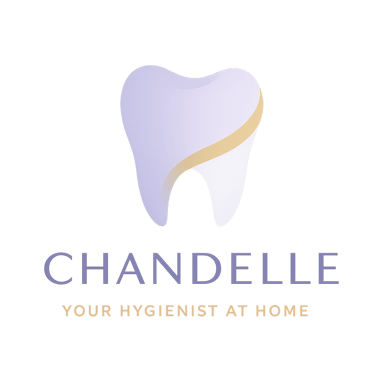🦷 The 5 Most Common Brushing Mistakes — And How to Fix Them
Think you’re brushing your teeth the right way? You might be surprised! In this post, Chandelle breaks down the five most common brushing mistakes she sees as a hygienist — and gives simple, practical tips to help you fix them. A quick read that can make a big difference in your daily routine.
Chandelle
7/10/20252 min read


Brushing your teeth seems simple enough — but even with the best intentions, many people make small mistakes that can lead to plaque buildup, enamel wear, or gum irritation.
Here are five of the most common brushing mistakes I see — and how to fix them for a healthier smile.
1. Brushing Too Hard
Scrubbing aggressively may feel like a good clean, but brushing too hard can wear down your enamel and cause gum recession.
Fix it:
Use a soft-bristled toothbrush and gentle, circular motions. Let the bristles do the work — not your arm strength. If your bristles are flaring out after a few weeks, you’re pressing too hard.
Tip: Electric toothbrushes with pressure sensors can alert you when you’re brushing too firmly.
2. Brushing Too Quickly
Most people brush for 30–45 seconds — far less than the recommended 2 minutes.
Fix it:
Set a timer or use a brush with a built-in timer to ensure you’re brushing for a full 2 minutes. Divide your mouth into four sections and spend 30 seconds on each.
3. Ignoring the Gumline
Plaque often builds up where your teeth meet your gums — but this area is easy to overlook.
Fix it:
Angle your brush at 45 degrees toward the gumline and gently sweep along the edge of each tooth. This technique helps prevent gingivitis and gum disease.
4. Skipping Your Tongue
Bacteria love to hide on the surface of your tongue — and skipping it can lead to bad breath.
Fix it:
Gently brush your tongue from back to front every time you brush. You can also try a tongue scraper for a fresher, cleaner feel.
5. Using the Wrong Toothbrush
Using a brush that’s too firm, too big, or too old can affect how well you clean your teeth — and may even cause irritation.
Fix it:
Choose a soft-bristled toothbrush that feels comfortable in your hand and mouth. Replace it every 3 months, or sooner if the bristles are worn.
Tip: If your gums are sore or bleeding often, your toothbrush or brushing technique may need to change.
A Healthier Smile Starts with Small Tweaks
Brushing better doesn’t have to be complicated — small improvements can make a big difference over time. Try adjusting your technique, timing, or tools and notice how much cleaner your mouth feels.
Looking for products I personally recommend?
Care
Expert tips for your dental hygiene at home.
Products
Advice
info@hygienistathome.com
(970) 255-7070
© 2025. All rights reserved.
